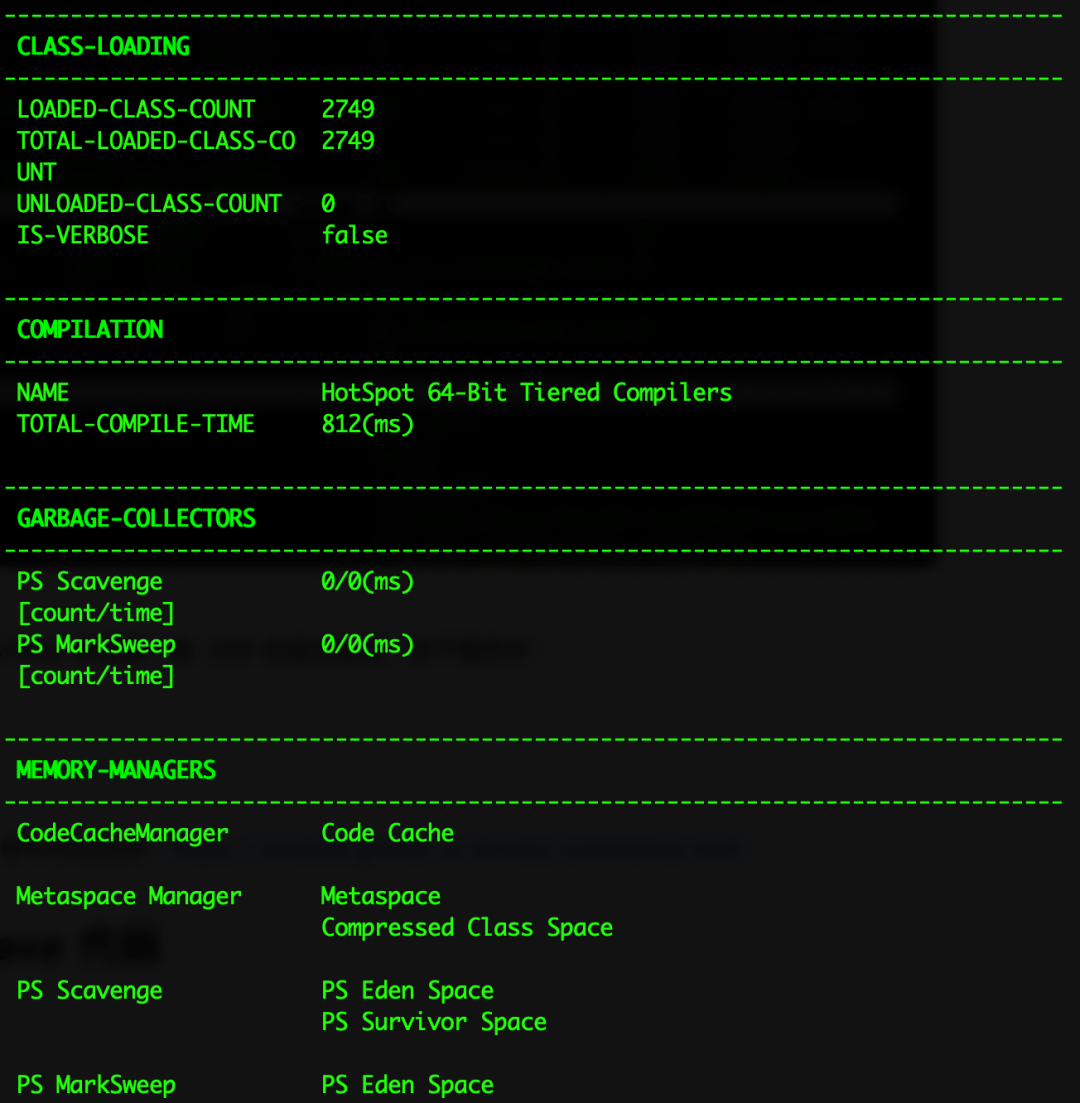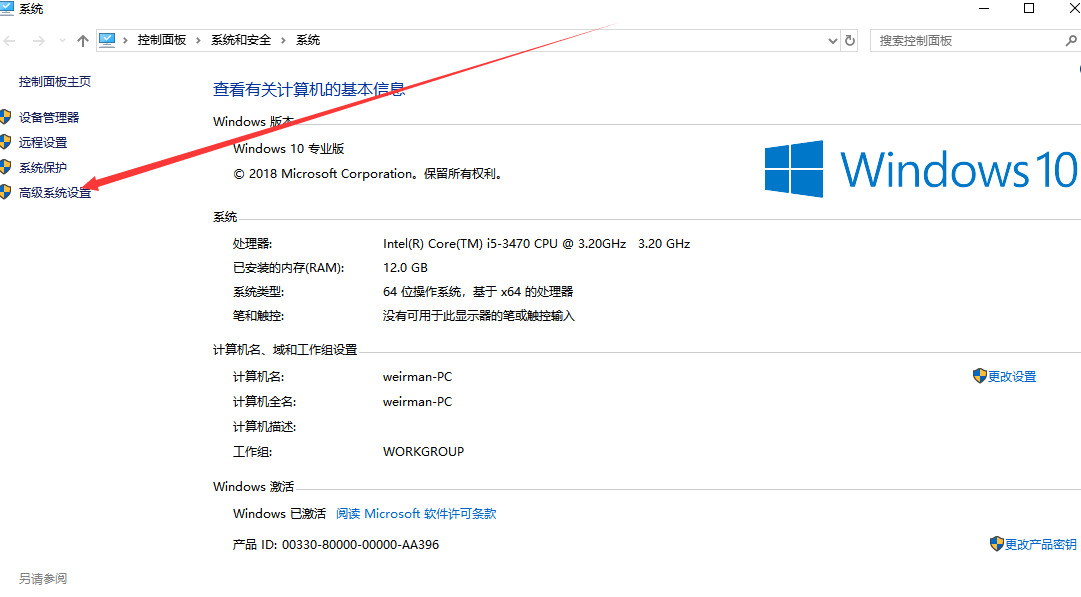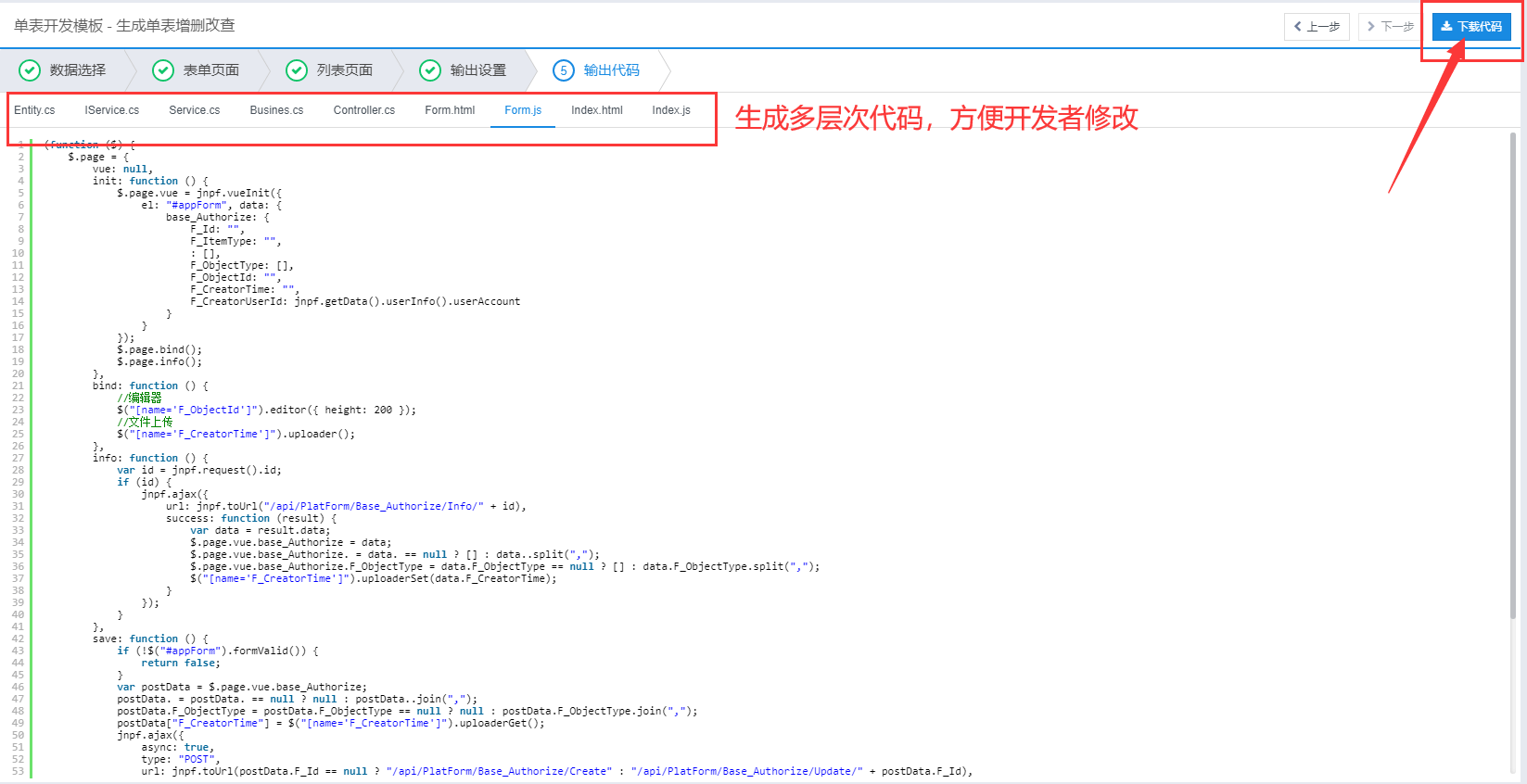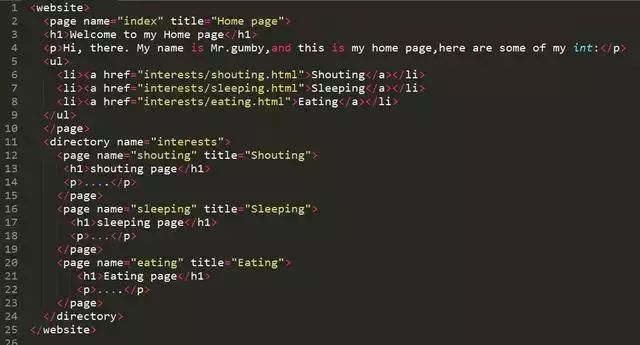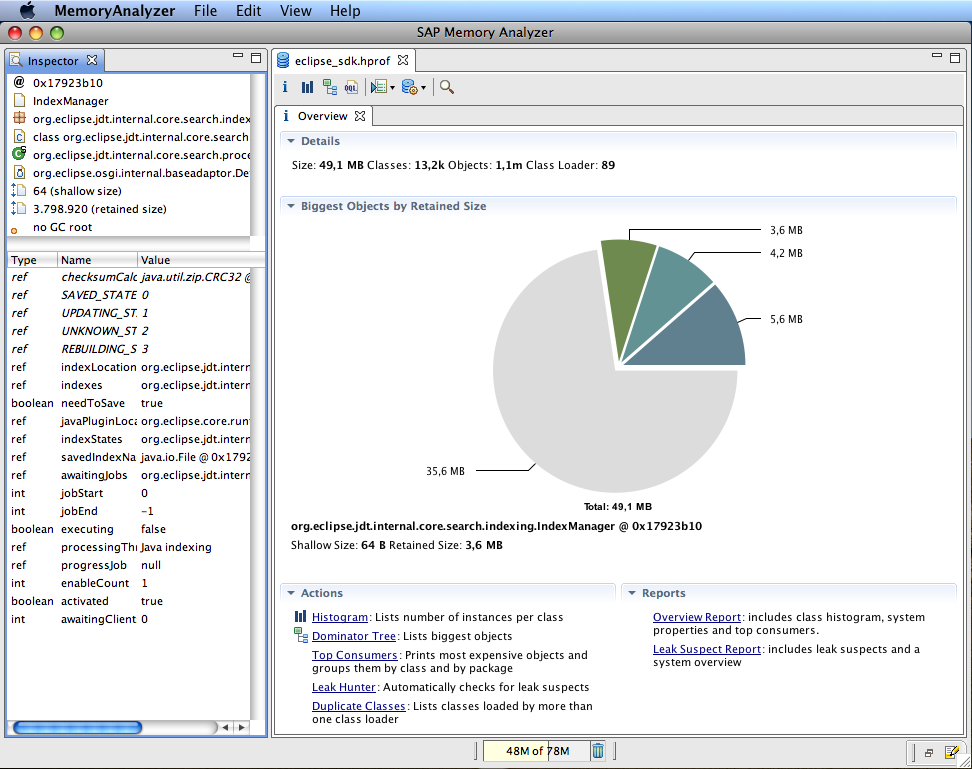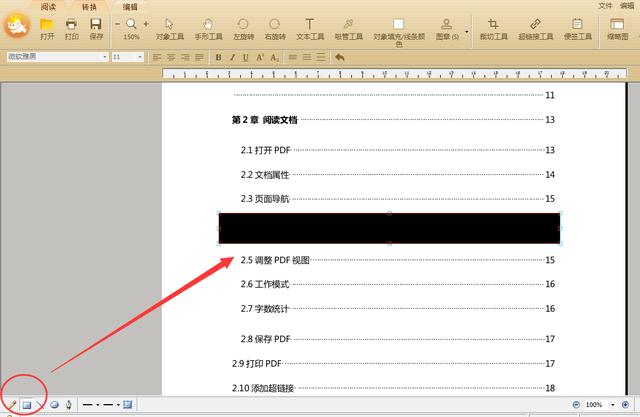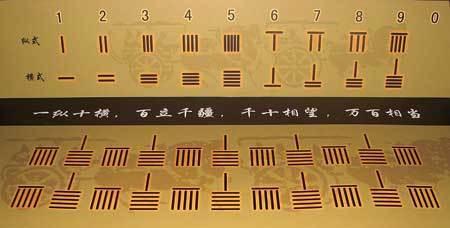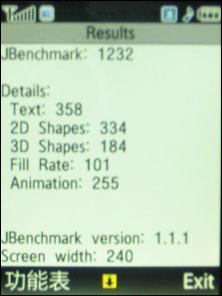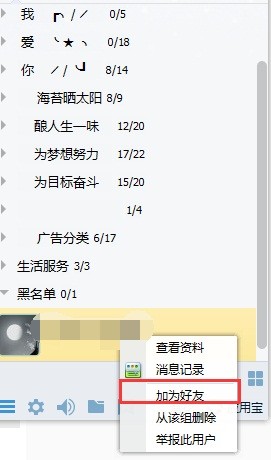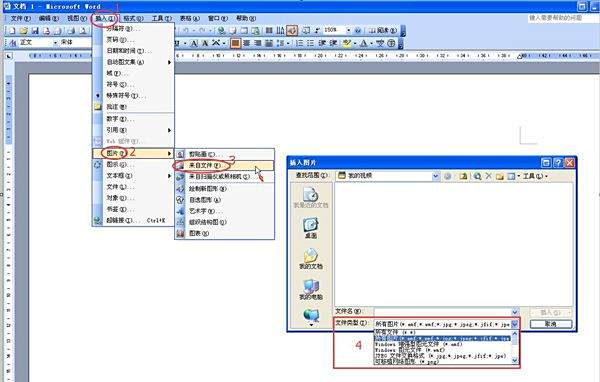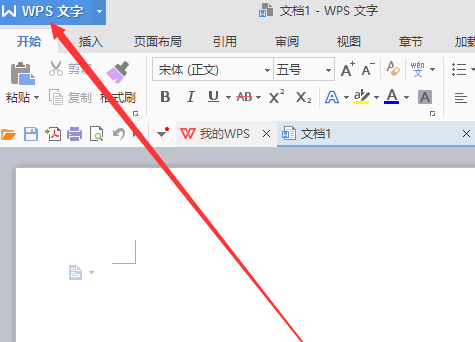上一篇
java代码怎么敲出心形
- 后端开发
- 2025-07-11
- 3129
Java中,可以通过嵌套循环和条件判断来打印心形图案。,“`java,public class HeartShape {, public static void main(String[] args) {, int n = 6;, for (int i = n / 2; i
Java中敲出心形图案有多种方法,以下是几种常见的实现方式及详细代码示例:
使用控制台字符输出心形图案
这种方法通过双重循环遍历二维坐标系,根据数学公式判断每个点是否属于心形区域,然后输出相应字符(如或空格),以下是两种常见实现:
方法1:基于笛卡尔心形方程
public class HeartPattern {
public static void main(String[] args) {
// 控制心形大小
int k = 5;
// 遍历纵坐标(行)
for (int i = 0; i <= k 2; i++) {
// 遍历横坐标(列)
for (int j = 0; j <= k 4; j++) {
// 计算相对于中心点的偏移量
int x = j k 2;
int y = i k;
// 笛卡尔心形方程条件
double equation1 = Math.pow(x, 2) + Math.pow(y, 2) Math.pow(k, 2);
double equation2 = Math.pow(equation1, 3) (x x y y y);
// 边界条件处理
if ((equation2 <= 0.0) ||
(i == 0 && (j == 0 || j == k 4)) || // 顶部尖角
(j == 3 k && i == k)) { // 底部尖角
System.out.print("");
} else {
System.out.print(" ");
}
}
System.out.println();
}
}
}
代码说明:
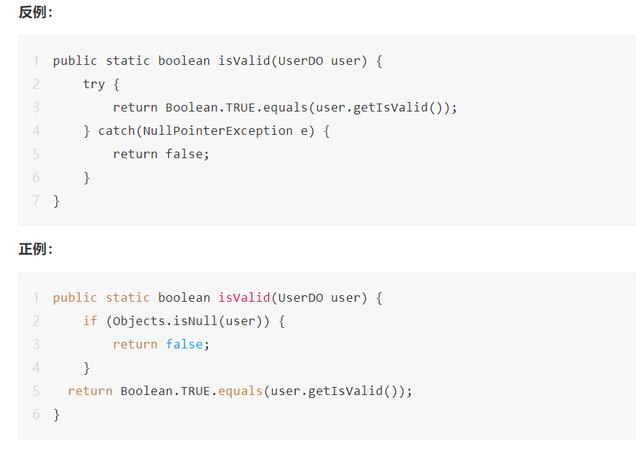
- 通过调整变量
k可以控制心形大小。 - 使用笛卡尔心形方程
(x² + y² a)³ x²y³ ≤ 0判断点是否在心形内。 - 添加了顶部和底部尖角的边界条件处理。
方法2:参数化绘图
public class HeartConsole {
public static void main(String[] args) {
// 设置输出精度
double scale = 0.6; // 缩放比例
double x, y;
// 遍历纵坐标(行)
for (y = 1.3; y > -1.1; y -= 0.1) {
// 遍历横坐标(列)
for (x = -1.2; x <= 1.2; x += 0.05) {
// 参数化心形方程
double temp = x x + y y 1;
if (Math.pow(temp, 3) (x x Math.pow(y, 3)) <= 0) {
System.out.print("");
} else {
System.out.print(" ");
}
}
System.out.println();
}
}
}
代码特点:
- 使用浮点数计算,图形更平滑。
- 通过调整
y的步长(如1)和x的步长(如05)可以改变分辨率。
使用Swing绘制图形化心形
通过Java的图形库(如Swing)可以绘制更美观的心形,支持颜色、动画等效果,以下是一个动态心形示例:
import javax.swing.;
import java.awt.;
import java.awt.geom.Path2D;
import java.util.ArrayList;
import java.util.Random;
public class HeartAnimation extends JPanel {
private float scale = 1.0f;
private final Color heartColor = new Color(255, 50, 50);
private ArrayList<Particle> particles = new ArrayList<>();
private Random random = new Random();
public HeartAnimation() {
// 设置定时器实现动画
Timer timer = new Timer(30, e -> {
scale += 0.01f;
if (scale > 1.2f) scale = 0.8f; // 循环缩放
createParticles();
repaint();
});
timer.start();
}
// 创建粒子效果
private void createParticles() {
if (scale == 1.2f) { // 在最大缩放时生成粒子
int count = 20 + random.nextInt(10);
for (int i = 0; i < count; i++) {
double angle = random.nextDouble() 2 Math.PI;
particles.add(new Particle(
getWidth() / 2 + 100 scale Math.cos(angle),
getHeight() / 2 + 100 scale Math.sin(angle),
(random.nextFloat() 0.5f) 2,
(random.nextFloat() 0.5f) 2,
new Color(255, 100 + random.nextInt(155), 100 + random.nextInt(155), 150)
));
}
}
}
@Override
protected void paintComponent(Graphics g) {
super.paintComponent(g);
Graphics2D g2d = (Graphics2D) g;
g2d.setRenderingHint(RenderingHints.KEY_ANTIALIASING, RenderingHints.VALUE_ANTIALIAS_ON);
// 绘制背景渐变
GradientPaint background = new GradientPaint(0, 0, new Color(0, 0, 50), getWidth(), getHeight(), Color.BLACK);
g2d.setPaint(background);
g2d.fillRect(0, 0, getWidth(), getHeight());
// 绘制心形路径
Path2D path = createHeartPath(getWidth() / 2, getHeight() / 2, 100 scale);
g2d.setColor(heartColor);
g2d.draw(path);
g2d.fill(path);
// 绘制粒子
for (Particle p : particles) {
p.update();
g2d.setColor(p.color);
g2d.fillOval((int)p.x, (int)p.y, 5, 5);
}
}
// 贝塞尔曲线绘制心形
private Path2D createHeartPath(int centerX, int centerY, double size) {
Path2D path = new Path2D.Double();
double r = size 0.6; // 圆弧半径
path.moveTo(centerX, centerY size); // 起点
path.curveTo(centerX + r, centerY size, centerX + size, centerY r, centerX, centerY); // 左半边
path.curveTo(centerX size, centerY r, centerX r, centerY size, centerX, centerY size); // 右半边
path.closePath();
return path;
}
// 粒子类定义
class Particle {
double x, y; // 位置
double vx, vy; // 速度
Color color; // 颜色
int life = 100; // 生命周期
Particle(double x, double y, double vx, double vy, Color color) {
this.x = x; this.y = y;
this.vx = vx; this.vy = vy;
this.color = color;
}
void update() { // 更新位置和生命周期
x += vx; y += vy; life--;
vy += 0.05; // 重力效果
}
}
public static void main(String[] args) {
JFrame frame = new JFrame("动态心形");
HeartAnimation panel = new HeartAnimation();
frame.add(panel);
frame.setSize(400, 400);
frame.setDefaultCloseOperation(JFrame.EXIT_ON_CLOSE);
frame.setVisible(true);
}
}
功能亮点:
- 动态缩放:心形在0.8~1.2倍大小之间循环缩放,模拟心跳效果。
- 粒子效果:在心形缩放到最大时生成彩色粒子,增强视觉效果。
- 抗锯齿:启用抗锯齿使图形边缘更平滑。
- 背景渐变:黑色背景搭配红色心形,对比鲜明。
常见问题与解决方案(FAQs)
Q1:为什么控制台输出的心形不对称?
A1:可能原因包括:
- 坐标计算错误:检查是否以中心点为基准进行偏移计算。
x = j width/2而非固定值。 - 步长不一致:
x和y的步长需成比例,否则会拉伸变形,建议保持x步长与y步长的比值接近屏幕像素比(如1:1或4:3)。 - 边界条件缺失:顶部和底部尖角需要单独处理,否则可能出现缺口,可参考方法1中的条件
i == 0 && (j == 0 || j == k4)。
Q2:如何调整心形的大小和分辨率?
A2:通过以下参数控制:
- 大小:修改控制变量
k(方法1)或size(方法2),或调整Swing绘图中的size参数。 - 分辨率:减小
x和y的步长值(如从1改为05)可提高清晰度,但会增加计算量。 - 比例调节:在参数方程中增加缩放系数(如
scale),或调整宽度和高度的比例(如width = size 3改为size 4
